Birds of Play

It’s a modestly utilitarian object that you’d look at for a long time before the terms ‘high’ and ‘falutin’ came to mind. A round, black ceramic ashtray, five inches in diameter, circa 1950s. The reason that this unassuming receptacle for ground-out butts sold for nearly $24,000 at Bonhams in 2018 has everything to do with its provenance: imprinted three times in white raised lettering on its side is the legend ‘Stork Club’ — a name that, like Proust’s madeleine, conjures up a vanished world, in this case of New York café society, when the Stork ruled the roost as the world’s most soignée and storied night spot.
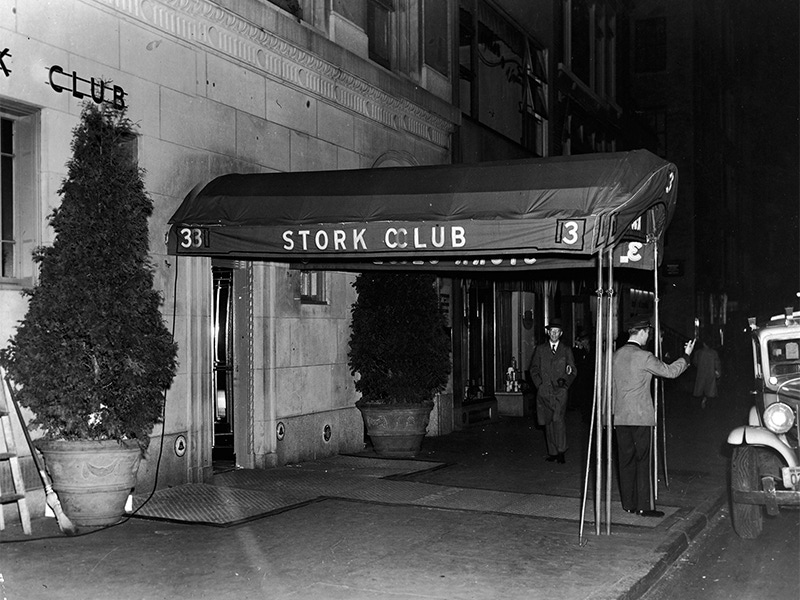
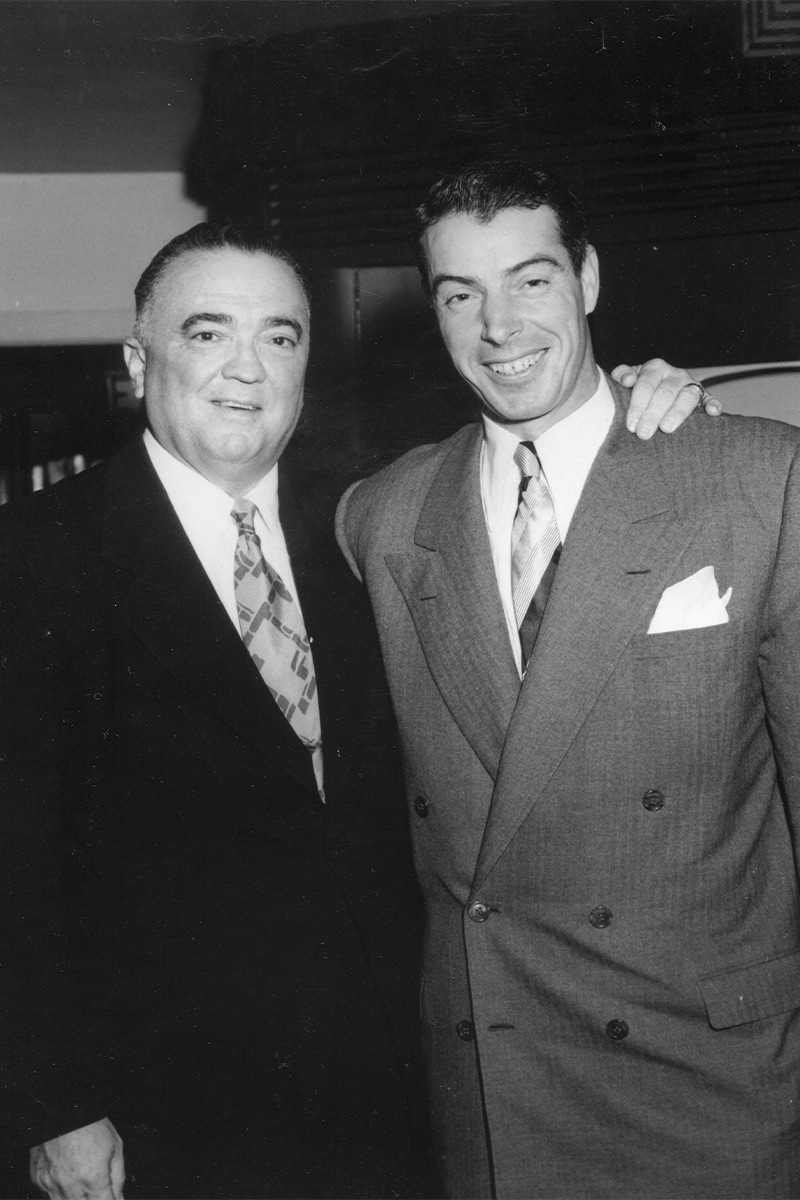
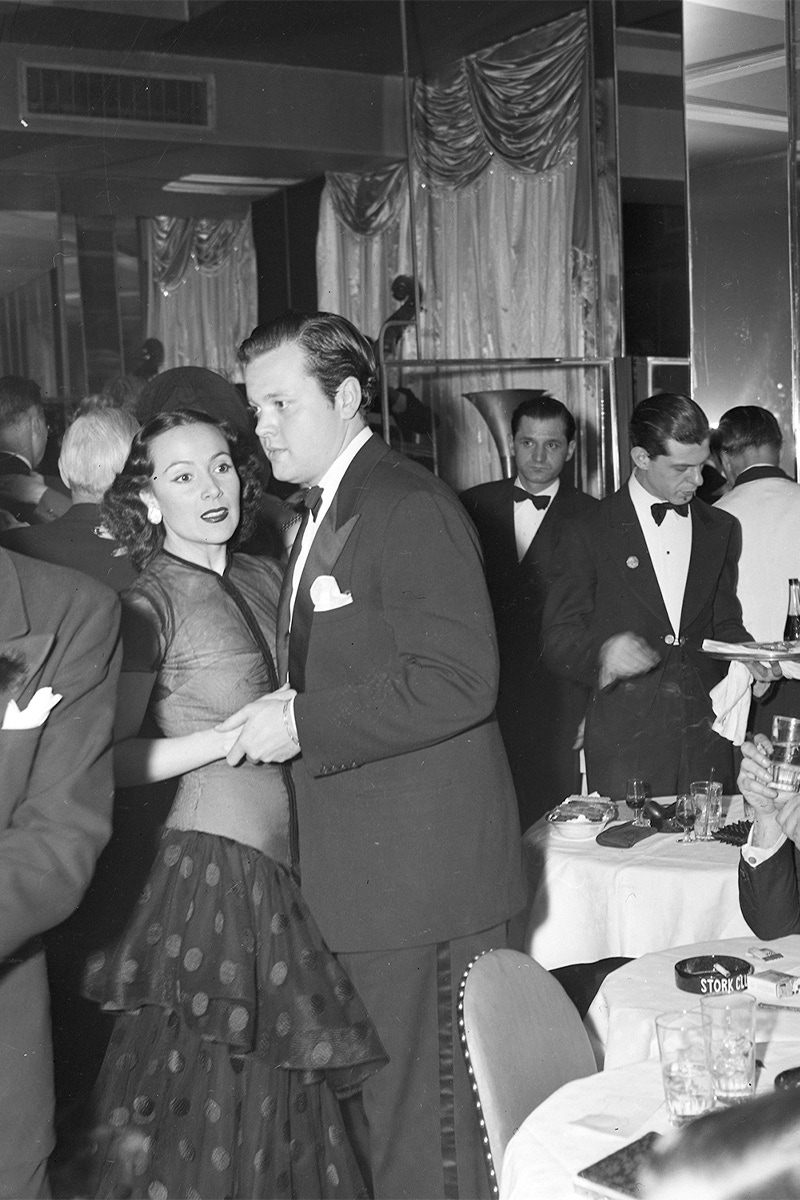
From its inception in the roaring twenties as a speakeasy for Jazz Age gangsters to its heyday in the 1950s, when the list of regulars giving those ashtrays heavy rotation included Frank Sinatra, the Duke and Duchess of Windsor, Ernest Hemingway, Orson Welles, J. Paul Getty, Cary Grant, Marilyn Monroe and Jimmy Durante, the Stork was “New York’s New Yorkiest place”, in the words of the gossip columnist and club habitué Walter Winchell. Roosevelts partied there. Kennedys wooed there. Hearsts made deals there. Headwaiters reaped $20,000 tips. Damon Runyon embarked on a (never-finished) book that he called The Saga of Mr. B. of the Stork Club. There was a Stork Club cocktail (gin, Cointreau, orange and lime juice, a sophisticated sour), and a Stork Club movie, from 1945, starring Betty Hutton as a hat-check girl at the club who swaps the cloakroom for the top table when she saves a millionaire from drowning.
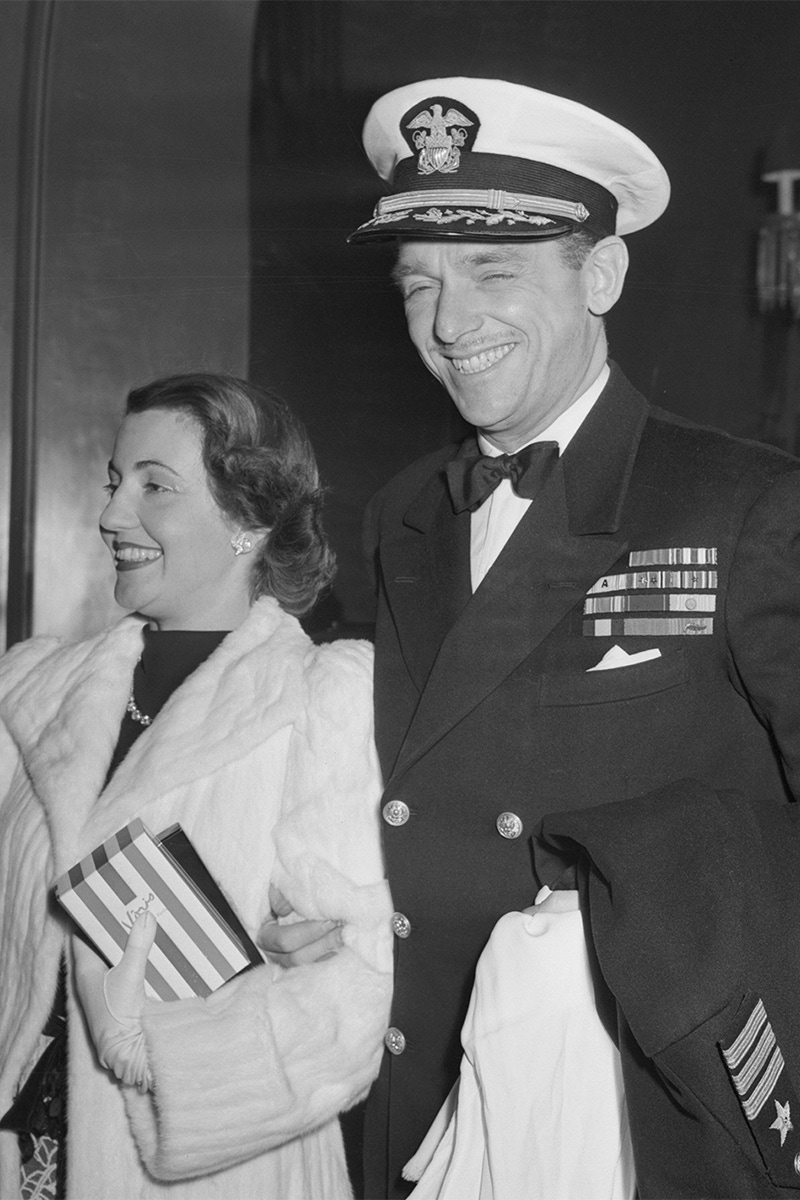
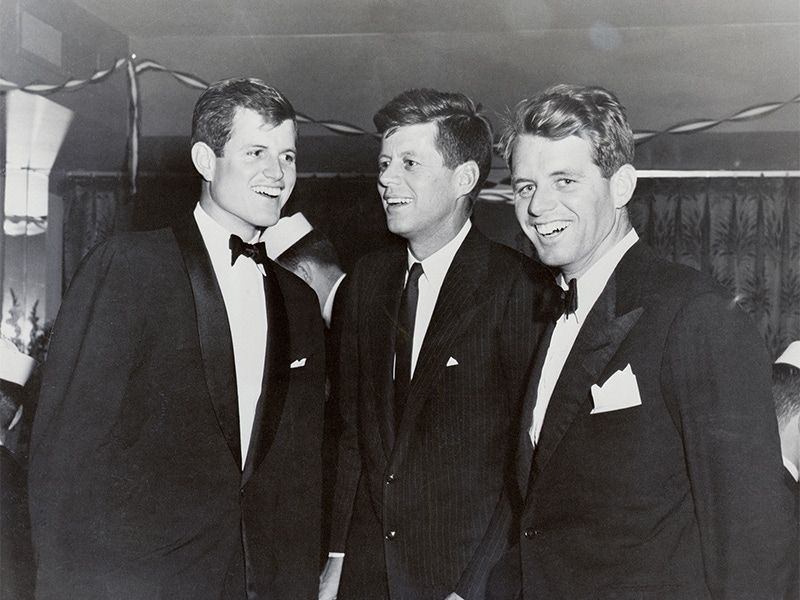
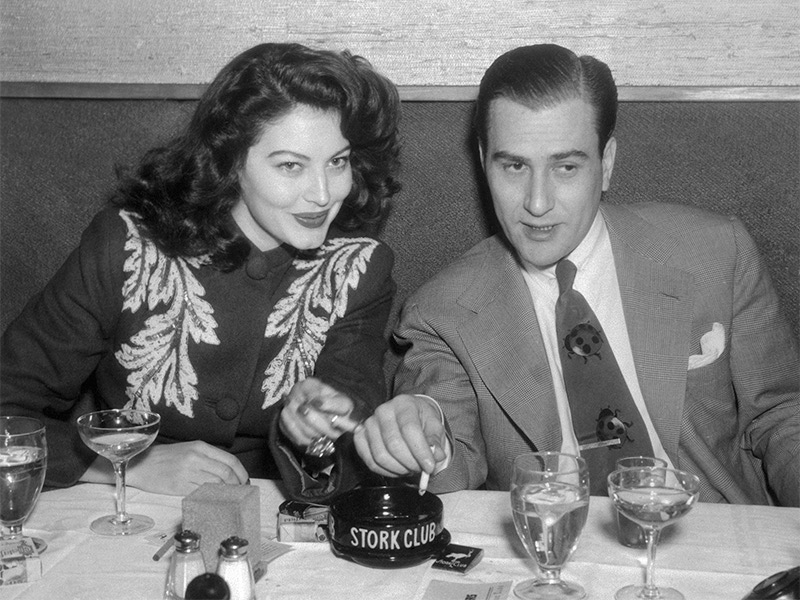
The fantasia was orchestrated by a figure as flamboyant as the Stork itself. Sherman Billingsley was a former bootlegger from rural Oklahoma who reinvented himself as a nightlife impresario. He liked to boast that everything he wore and carried, from the buckles on his sock supporters to his collar stays and watches, was made of gold. He was prone to regionalisms such as ‘gosh-golly’ and ‘holy moly’ when fraternising with the rich and powerful. He made the rounds of the Cub Room — the Stork’s windowless inner sanctum — telegraphing hand signals to his staff that meant everything from ‘no bill for this table’ (a hand on his tie) to ‘send over a bottle of champagne’ (a hand resting on a table with a palm upward; Joan Crawford was among the patrons to benefit from this particular semaphore). He revelled in the club’s permissive ambience. “I have seen mothers steal their daughter’s boyfriends and marry them,” he wrote in an unpublished memoir. “I have seen girls steal their sister’s boyfriends and marry them. In one case the loser went insane. These were all high-society folks.”
Read the full ‘Birds of Play’ story in Issue 86, available to purchase on TheRake.com and on newsstands worldwide now.
Subscribers, please allow up to 3 weeks to receive your magazine.



